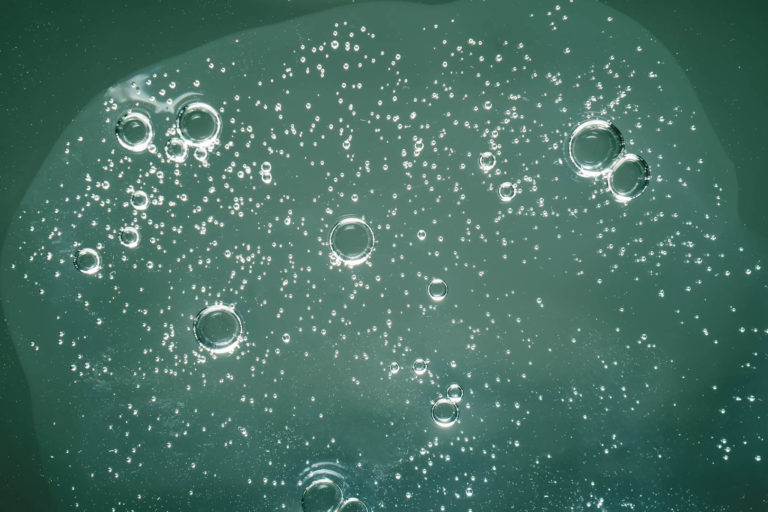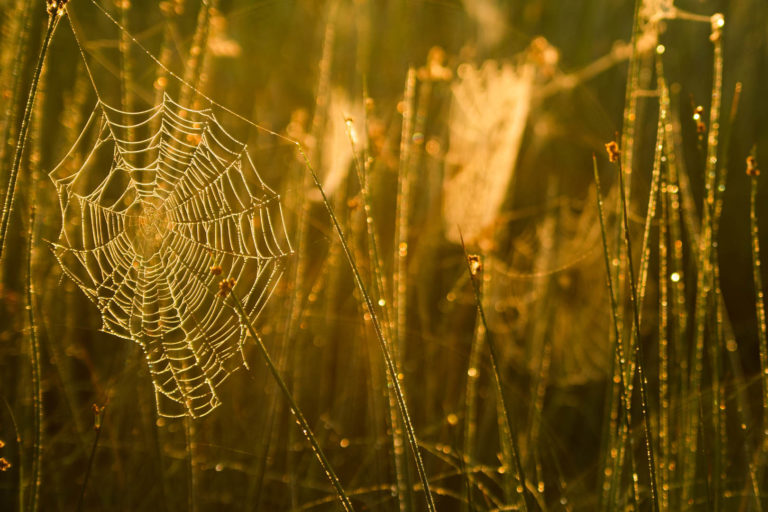

Hyaluronan
Hyaluronan (HA) is the largest polysaccharide in our body, and it is composed of repeating disaccharides and the repeating sequence is the same in all vertebrate tissues and fluids.
It belongs to the family of glycosaminoglycans (GAG), but unlike other GAGs, it is not sulfonated. It is ubiquitously present, and is the major glycosaminoglycan, in the extracellular matrix (ECM) especially in loose fascia, synovial fluid and eye chambers.
HA has a number of important physiological functions in our body and is critical for the slide and glide effects between muscle fibers and fascial sublayers. Therefore, it greatly affects our ability to move in balance and it helps maintain tissue homeostasis.
HA has a lot of important functions, hitherto discovered;
- shock absorber,
- space-filling agent between the collagen fibers,
- providing tissue turgor, tissue hydration,
- protective agent to prevent vascular compression,
- protective shield
- lubricating functions between fascial layers and muscles, bones and joints
- critical for regulating physiologic processes in healthy tissues
- crucial in inflammation, wound healing and repair, and even cancer progression, by activation of signal pathways by way of membrane receptors, triggering a cascade of signal transduction responses.
(Stern et al. 2006), (Stecco et al, 2011), (Cowman et al, 2015), (Temple-Wong et al. 2016).
As mentioned above, HA plays a key role in tissue hydration and lubrication of sliding and Langevin et al, have observed that a reduced gliding of thoracolumbar fascia occurs in patients with chronic low back pain. Stecco et al, have observed the same scenario in the neck fascia of patients affected by nonspecific neck pain. Their investigations suggests a key role for HA in the genesis of myofascial pain. (Langevin et al. 2011), (Stecco et al 2013, 2014).
HA molecular size can vary within a wide range, from a few kDa up to 8 MDa. The molecular size and concentration of HA, strongly influences its functions, when it affects the viscoelastic properties.
The physico-chemical properties of HA depend on its concentration, molecular weight, solvent ionic composition, temperature, type of binding to proteins and other macromolecules in the ground substance. (Cowman et al, 2015)
HA is synthesized by specialized fibroblast-like cells, located along the surface of each fascial sublayer, called fasciacytes (Stecco et al, 2011, 2018). It is just where they are needed, to permit fascial gliding between the fibrous layers. The turnover rate of HA is high, about 2 days, in contrast to other GAGs which have 7-10 days, then the fasciacytes has to be very active.
Fede et al, 2018, have quantified the content of hyaluronan in human fascia at different sites. They found a variation with function and anatomical site but no differences of sex and age, unlike HA content in the skin, where it decreases with age, causing it dryer.
Several cell receptors can interact with HA, triggering a cascade of signal transduction responses. The control of the HA synthesis is therefore critical in ECM. HA is simultaneously synthesized at the plasma membrane by three synthetase enzymes, HA synthetases (HAS1-3), and degraded by hyaluronidases (HYAL) and other molecules, such as reactive oxygen (Triggs-Raine & Natowicz, 2015).




























































